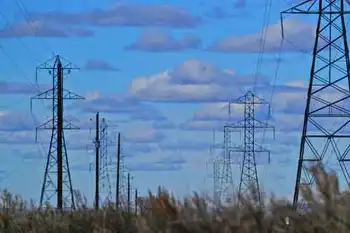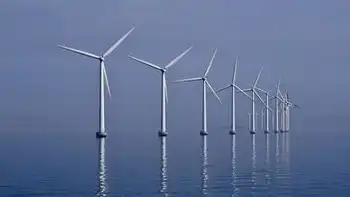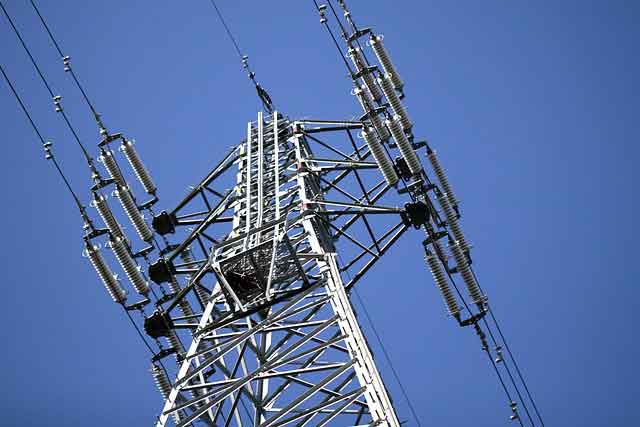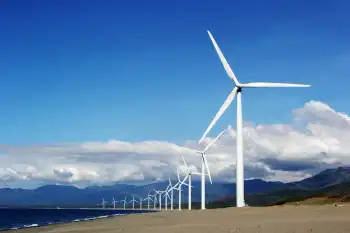TORONTO, ONTARIO - Tiny satellite could pinpoint greenhouse gases
TORONTO, ONTARIO Kyoto offenders beware: a University of Toronto satellite only slightly bigger than a milk carton will carry a mini-detector able to pinpoint greenhouse gas emissions from individual smokestacks, a hundred times sharper than anything now in orbit.
The Lilliputian satellite, named CanX-2, was being formally unveiled at the U of T's Institute for Aerospace Studies, where it was designed and built by graduate students and staff.
The nanosatellite must hitch a ride on a rocket launching a larger spacecraft so the exact timing and its orbit are yet to be determined, but it is scheduled to embark next year.
Miniaturization breakthroughs and cunning design mean a locker-full of control and communication technologies, plus four scientific experiments, have been crammed into the tiny craft.
One of the experiments will involve a greenhouse gas spectrometer that has been shrunk from its normal laser-printer size to not much bigger than a box of paper clips. The spectrometer will measure levels of carbon dioxide and methane close to the Earth's surface.
Researchers foresee a time when such mini-detectors could be on scores of satellites, allowing policing of the Kyoto Protocol on climate change and other environmental treaties.
Some enthusiasts see formations of small satellites as the next generation of spacecraft, taking over communications and research tasks now done by orbiting behemoths the size of school buses and weighing several tonnes.
By contrast, CanX-2 weighs only 3.5 kilograms. Solar panels will provide power, supplemented by a back-up battery.
CanX-2's main job is to test new technologies that would let two similar but more advanced nanosatellites orbit the Earth in tight formation by 2008.
U of T professor Robert Zee, who directs the space flight laboratory, said CanX-2 and the two follow-up nanosats are being built and launched for less than $1 million.
In 2003, the institute's first nanosatellite, the smaller CanX-1, disappeared without sending any radio signals after it was launched from a Russian rocket that successfully put Canada's space telescope into orbit.
"In space, small is beautiful," says Brendan Quine, a York University professor responsible for the miniaturized spectrometer. "If you can build smaller instruments then people will be more willing to put them on their spacecraft."
Quine hopes a version of the spectrometer will eventually be carried aboard a Mars lander and measure the atmosphere on the Red Planet.
For now, he's got one device ready for CanX-2 and two more waiting to hitch a free ride into orbit.
"We'll be able to detect pollution under the Kyoto Protocol down to the level of an individual car plant and track plumes back to the offending smokestack," the researcher said.
Related News

Ontario Launches Peak Perks Program
TORONTO - The Ontario government is launching the new Peak Perks program to help families save money by conserving energy, as part of the government’s $342 million expansion of Ontario’s energy-efficiency programs that will reduce demands on the provincial grid. The government is also launching three new and enhanced programs for businesses, municipalities, and other institutions, including targeted support for greenhouse growers in Southwest Ontario.
“Our government is giving families more ways to lower their energy bills with new energy-efficiency programs like Peak Perks, which will provide families a $75 financial incentive this year in exchange for lowering their energy use…




